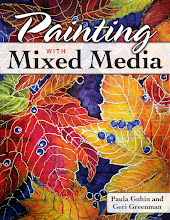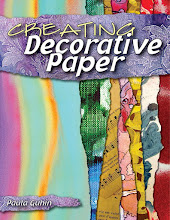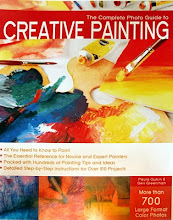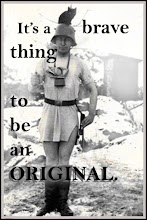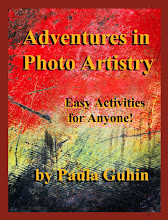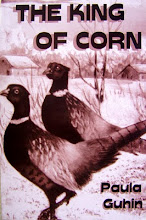Part Two in an ongoing series just for young artists and those who love and care for them.
(Mixed media artists, please watch this blog for something tailored to YOU, coming soon!)
 |
| Note how the nails are set into the nail beds that surround them. |
HAND IT TO YOU
Materials:
·
White drawing paper
·
Pen or fine-line marker
What to do:
- Rest your left hand on the desk—if you're right-handed—and not on the paper. The hand is to be observed, not traced. No pencil allowed! Use contour line (a line that follows the edges) to record the outlines of your own hand. As you look closely at this "object," move your marker in the same way your eye travels over the shapes and lines you see.
- Draw all the tiny creases, the knuckles, and the skin around the nails, too. This is a very loose approach, so move your whole arm freely, not just your wrist and drawing hand. Allow your pen or pencil to travel fluidly. Add shading if desired.
For Your Understanding:
Try posing
your hand differently for another contour drawing. You can even hold
a pencil or other small object in that hand to add more interest to your work.
FROM WHERE YOU SIT
Materials:
·
White drawing paper
·
Pen or fine-line marker
Quick, look
down! What do you see? Your legs and feet may be partially or entirely in
sight. Your clothing is creased or rumpled in places, isn't it? Each fold is
another opportunity for you to practice using contour lines (drawn lines that mark the edges of forms).
What to do:
- Draw what you can see of your lower body, including the feet.
- Try to include every detail. Start right out with pen or marker (no pencil, please!).
For Your Understanding:
The
contour line drawing method is perfect for this lesson because it allowed you
to focus on the outlines of your figure.
WITH A STRAIGHT FACE
Materials:
·
White drawing paper
·
Pencil or other drawing tool
·
Ruler
Let's
pretend to be Picasso! Can you portray a human head, neck and facial features
using only straight lines?
Cubism is a style of art that sometimes
uses angled shapes to depict natural forms. Pablo Picasso was one of the first
Cubists. In abstract art, the
subject is broken down into its basic elements.
What to do:
- Use a ruler and only straight lines to draw a portrait (a person) with no curves at all.
- Besides the eyes, nose, and mouth, remember to add ears, hair, eyebrows, and a neck\
For Your Understanding:
By making
the head and neck more simple in your drawing (by changing it into mere
straight lines), you have abstracted
it!









